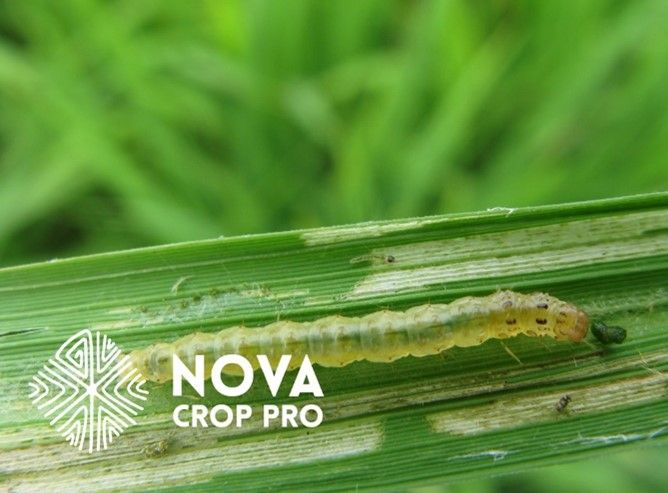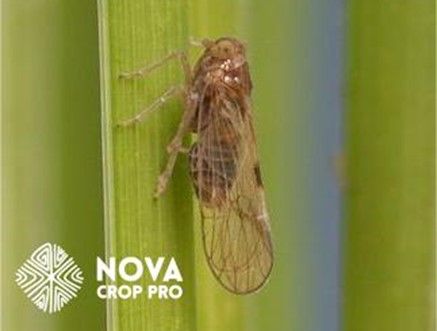Chlorantraniliprole is a new type of insecticide that targets specific pests like moths, beetles, flies, and termites by a unique method. Thiamethoxam, known as a neonicotinoid, is used widely against various insects and is applied directly to seeds for protection.
Product recommendation:
Chlorantraniliprole 250g/kg+ Thiamethoxam 250g/kg WG
Here are some of the advantages of this product:
Broad-Spectrum Control: Both chlorantraniliprole and thiamethoxam offer broad-spectrum control against key pests such as Tryporyza incertulas, Chilo suppressalis, rice water weevil, rice-leaf roller, brown rice planthopper in rice, and corn borer in corn.
Dual Modes of Action: The pesticides have complementary modes of action. Chlorantraniliprole acts through stomach poisoning and contact killing, leading to muscle paralysis and death in insects. Thiamethoxam, a neonicotinoid, targets insect nicotinic acetylcholine receptors, causing paralysis and eventual death.
Residual Control: They provide excellent residual control, reducing the frequency of applications needed. Chlorantraniliprole has a shorter half-life in soil (9-16 days) and is less persistent in water, while thiamethoxam shows persistence with a longer half-life in soil (180-338 days for its main metabolite).
Resistance Management: The innovative mode of action of chlorantraniliprole against lepidopteran pests helps manage resistance, offering an alternative to other insecticides.

